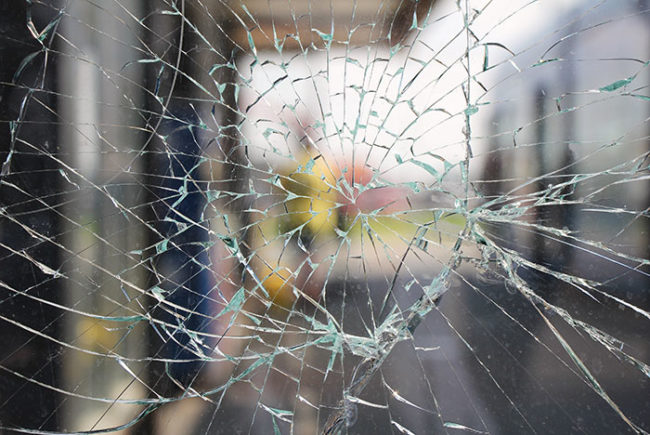Adoption of mobile devices in health care facilities continues to grow, and their use is not limited to that of clinicians. Environmental services (ES) managers and facility professionals are using smartphones and tablets to monitor hand hygiene, communicate tasks, and log daily housekeeping and room turnovers. And while the ability for an ES manager to monitor patient room turnover or for a doctor to transfer patient files with the click of a button brings time-saving efficiencies to health care systems, they also pose potential hazards. Mobile devices bring one more surface into the health care setting that can host elements that can be harmful to vulnerable patients.
The National Center for Biotechnology Information conducted a study using 53 cellphones of orthopedic surgeons. Researchers swabbed the fronts and backs of the cellphones while in the operating room and found that 83 percent had pathogenic bacteria at initial testing. All of the phones were disinfected and swabbed again to find that only 8 percent of the phones had pathogenic bacteria. One week later, the phones were swabbed again and pathogenic bacteria had returned to 75 percent of the cellphones.
Although the adoption of mobile devices in clinical settings is growing slowly, according to a survey from the Health Information and Management Systems Society, changing regulations and improved interoperability will encourage its steady increase.
Researchers who published a study in the American Journal of Infection Control observed clinicians in their workstations and found that commonly touched objects, such as a keyboard and computer mouse, often were not included in cleaning protocol. While the study did not touch on mobile devices, it is certainly in the category of objects that potentially can be overlooked. Not only are mobile devices high-touch objects, they also travel throughout a facility and sometimes outside of the facility. This should warrant extra attention in a health system’s infection prevention guidelines.





